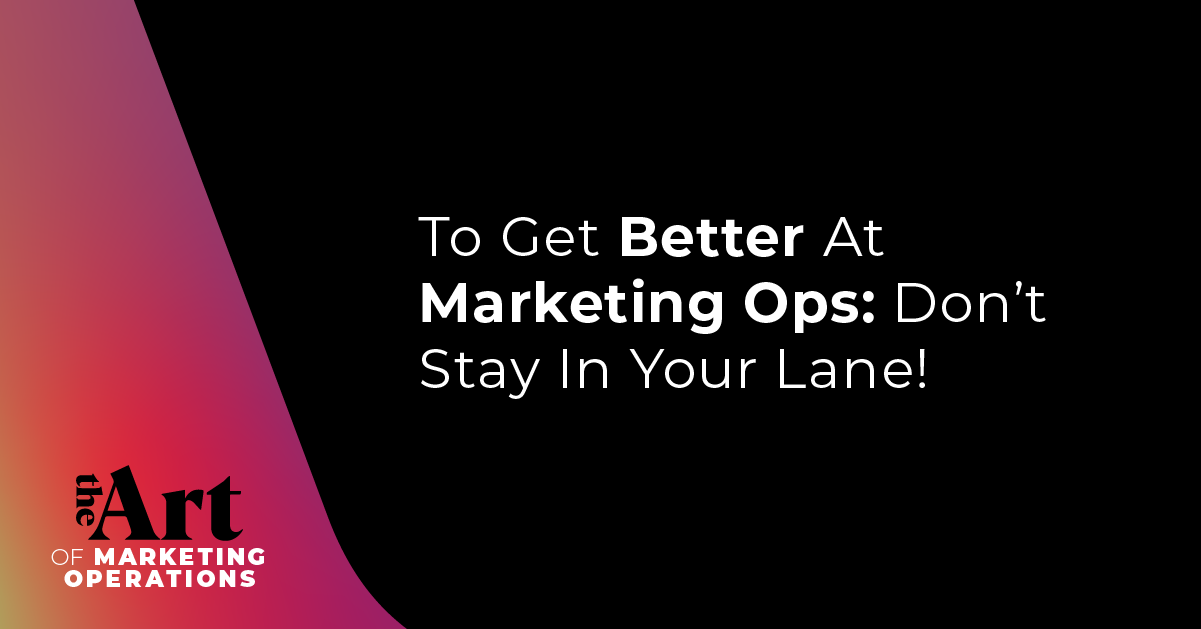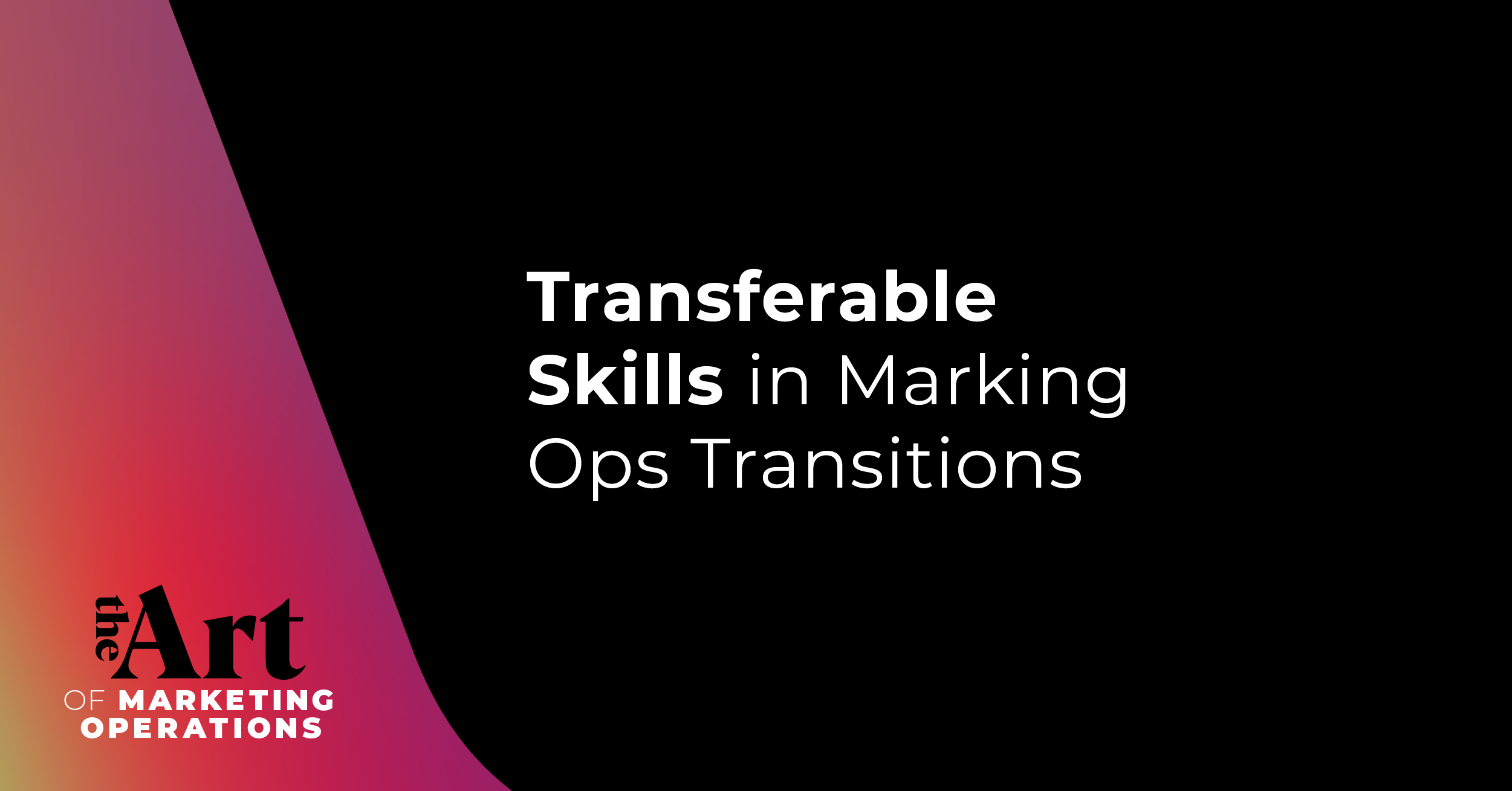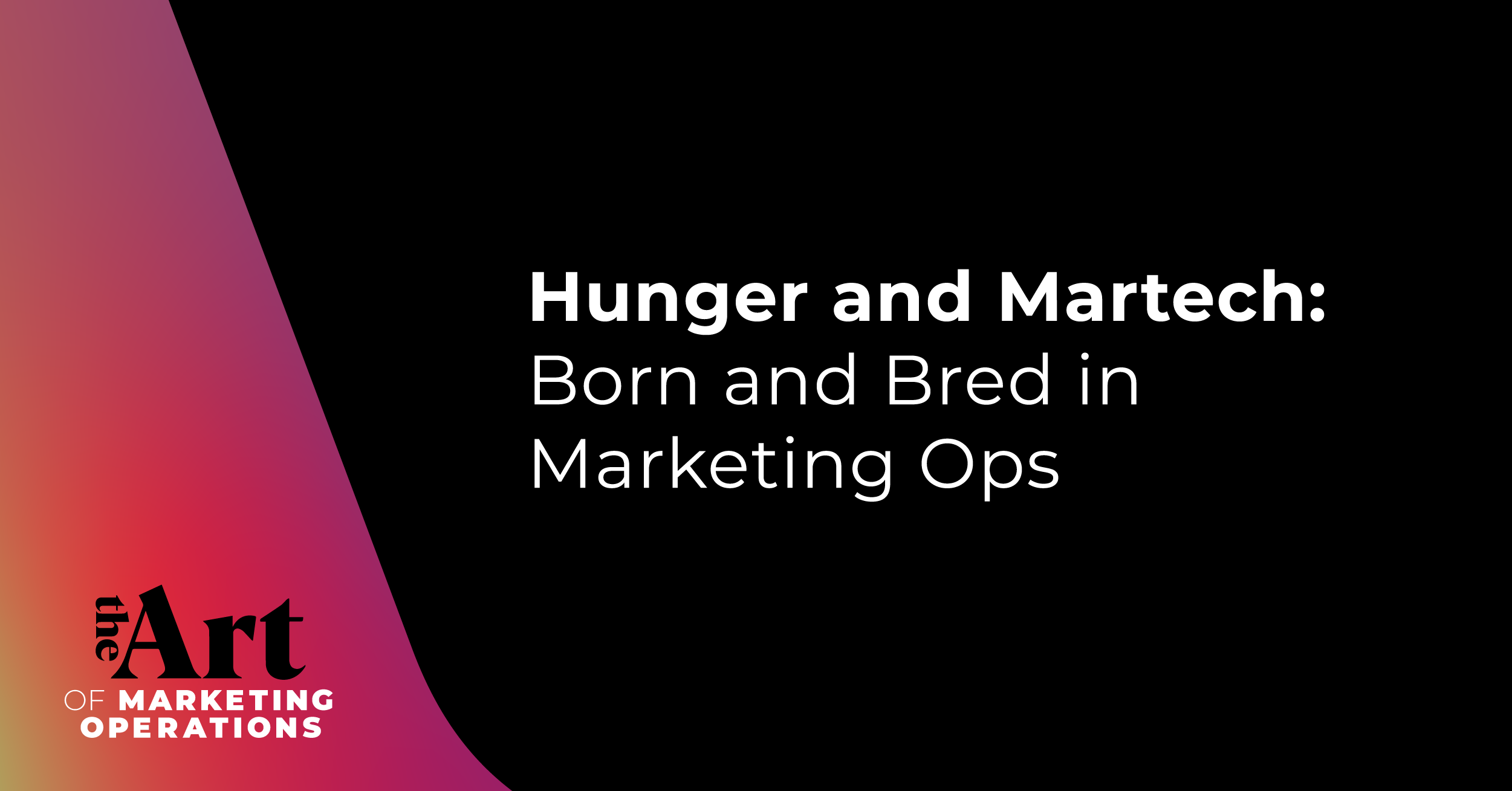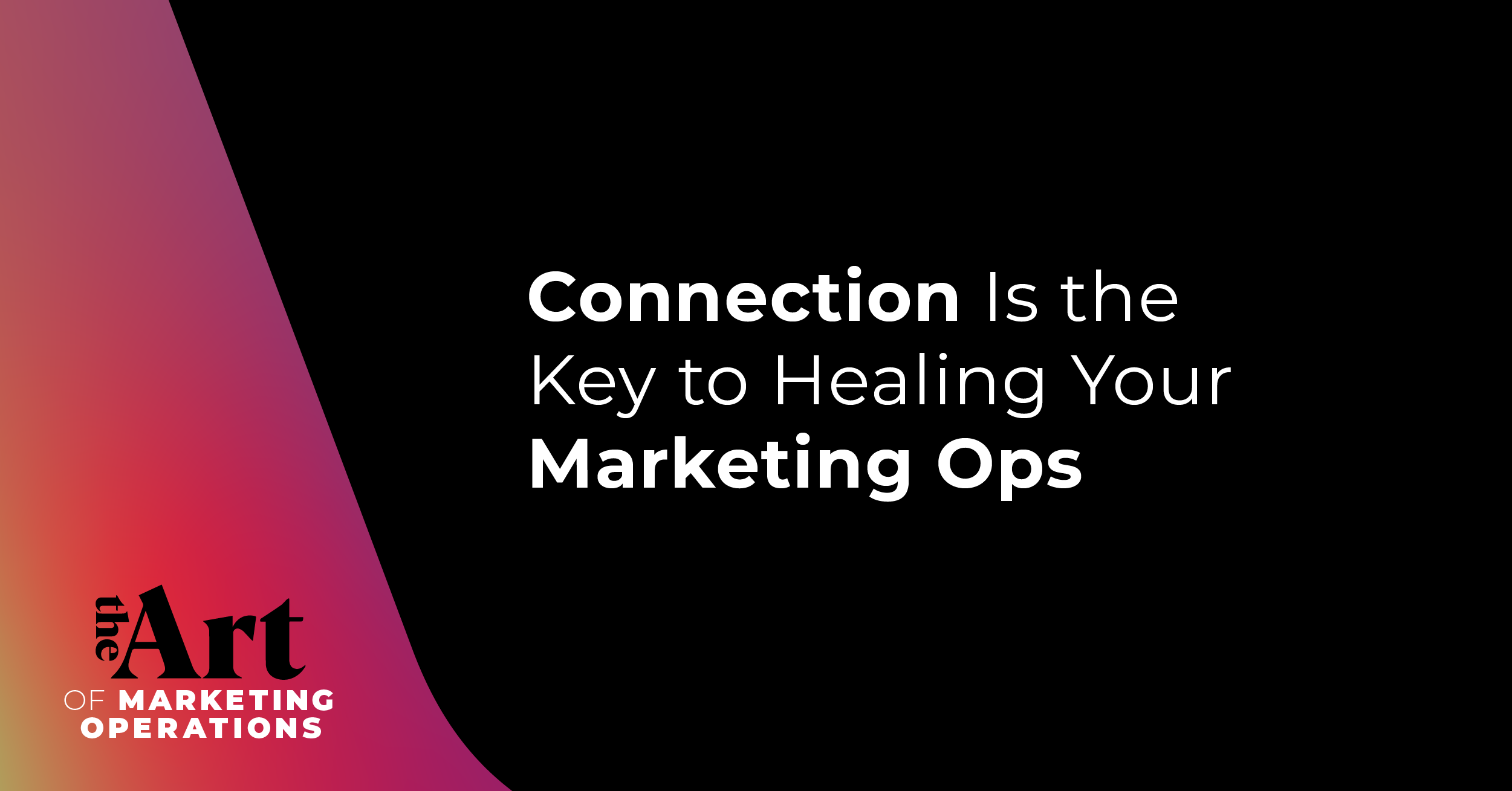Your business is constantly looking for solutions to problems. Inefficiencies leave your team spending far too much valuable time on tasks that can be solved by Martech tools.
But when you evaluate potential software, you find thousands of options, each with its own potential to solve your problem or alternatively, leave you struggling with more challenges.
So do you decide which problems need to be addressed and by which tool while also avoiding creating a tech stack too jumbled for actual application? Danielle Balestra, Marketing Operations Executive, Head of Digital Marketing at Goodwin has learned through real-time, modern experience. In this episode, she shares the roadmap to optimized vendor selection for ultimate company success.
Join us as we discuss:
- Recognizing, pursuing and implementing martech opportunities in alignment with the company trajectory
- How to select and integrate the ideal vendor
- Addressing onboarding challenges for a refined experience
Evaluating when it’s time to embrace something new
All too often, tech companies are quick to implement new technology to replace the hours human beings can spend on a task. Sometimes this can be a good thing, but too often there’s no strategic thought behind these implementations and that can put companies in a tough spot, says Danielle.
For example, if your organization is planning an event, automating tedious tasks like keeping room blocks up to date or managing seating charts makes sense – it frees up people to do other, more nuanced work. But that’s a thoughtful implementation, not just adding to your tech stack for the sake of it.
Recognizing where your organization is going and what it’ll take to get it to that next level is crucial to sussing out which martech opportunities align with your goals, she says. It may not be the most glamorous option, but it’s the most effective – and that’s what saves time, money and labor in the long run.
Selecting and integrating vendors
When selecting and evaluating vendors for marketing operations, there are many factors you should consider when looking for the right fit, says Danielle. These factors should include:
- User requirements
- Past customer feedback
- Integration capabilities
Ensure you’re also getting company buy-in, particularly from the CIO. Every organization has different channels through which they select their technology, but ensuring that senior leadership agrees with the implementation and that it serves the organization’s developing needs is crucial to ensuring you’re making a wise investment.
The ultimate criteria should be team need – when and how will your organization use this tool, and will it benefit teams in the long- and short-term? Especially because marketing and support materials are often unclear, looking for third-party feedback about any new tool is key to determining if it’s the best solution for your particular tech stack, Danielle says.
Understanding why onboarding matters
Adopting new technology isn’t as simple as underscoring the value it brings to an organization, adding it to your tech stack and then letting everyone else loose on it, Danielle says. Successful onboarding and adoption of any new technology varies drastically in timeline and cadence depending on a myriad of factors: industry, company size, use cases and so on.
Danielle implements a quadrant system to help her understand how long and how labor-intensive onboarding new technology will be. Different sized companies operating under different regulations are going to come up against different adoption times – what one company could do in three months may actually happen in nine.
“Don’t be frustrated if you’re hearing from other leaders that they’re not having any adoption challenges,” she says. “You’re dealing with different challenges because you’re in different industries. You’re learning different skills in these different types of organizations.”
Ultimately, being able to have honest conversations about how the technology adoption process works for the organization is essential to adoption that’s as seamless and productive as possible, she says.
Want to learn more about Danielle’s quadrant system and how to effectively and impactfully evaluate vendors and technology adoption options? Listen on Spotify, Apple Music, or wherever you find your podcasts.
_quote1%20copy%20(1).png?width=1200&height=629&name=Copy%20of%20EP52%20HQ%20v1%20Danielle%20Balestra%202121%20(1)_quote1%20copy%20(1).png)
_quote1%20copy%202%20(1).png?width=1200&height=629&name=Copy%20of%20EP52%20HQ%20v1%20Danielle%20Balestra%202121%20(1)_quote1%20copy%202%20(1).png)
_quote1%20(1).png?width=1200&height=629&name=Copy%20of%20EP52%20HQ%20v1%20Danielle%20Balestra%202121%20(1)_quote1%20(1).png)









_headline%20-%201%20guest%20.png)

